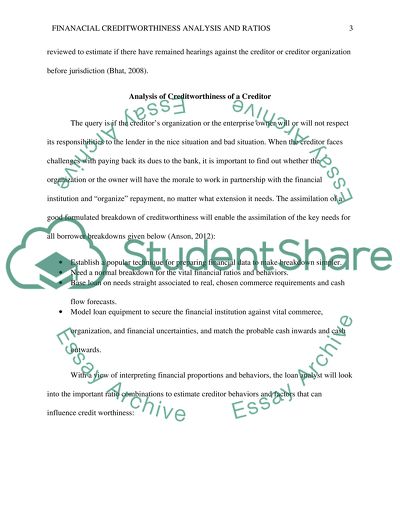Cite this document
(Financial Analysis of Creditworthiness and Ratios Term Paper, n.d.)
Financial Analysis of Creditworthiness and Ratios Term Paper. Retrieved from https://studentshare.org/finance-accounting/1478788-appraise-credit-worthiness-healthcare-related
Financial Analysis of Creditworthiness and Ratios Term Paper. Retrieved from https://studentshare.org/finance-accounting/1478788-appraise-credit-worthiness-healthcare-related
(Financial Analysis of Creditworthiness and Ratios Term Paper)
Financial Analysis of Creditworthiness and Ratios Term Paper. https://studentshare.org/finance-accounting/1478788-appraise-credit-worthiness-healthcare-related.
Financial Analysis of Creditworthiness and Ratios Term Paper. https://studentshare.org/finance-accounting/1478788-appraise-credit-worthiness-healthcare-related.
“Financial Analysis of Creditworthiness and Ratios Term Paper”, n.d. https://studentshare.org/finance-accounting/1478788-appraise-credit-worthiness-healthcare-related.


